June 2020: The Green Line is the backbone of Calgary’s best future.
The Green Line is the backbone of Calgary’s best future.
It is the largest single infrastructure project in our city’s history by a factor of three.
It is being designed through a deep and meaningful engagement of our citizenry’s principles and aspirations, as well as through diligent back-and-forth with interested parties all along the line.
It is also - and has been from the get-go - more than just a transit line; it is, in the parlance developed through its extensive engagement with Calgarians, a city-shaping project.
The scale and the scope of the Green Line are so big that it would inevitably rub up against the arc of history - the project will forever change Calgary, and it will actively effect that change for the next century at least. But this friction is particularly uncomfortable right now as we are currently poised at a strange and fraught juncture. Our beloved Calgary sits at a fork that leads into very different possible futures, while the world at large reels from crises of COVID-19, of climate change, and in the very functionality of western democracy.
Our choice of paths forward, however, is stark:
We can fail to react, as single-industry cities have failed to react throughout history, and wander downwards into a rust-belted state of bewildered, seething nostalgia; or we can build on our considerable strengths, and climb into a future based on being a safe, green, pluralistic, vibrant, confident and deeply competent city, where everyone is welcome to make a great Western Canadian life together.
All along, we have committed to supporting the principles, and trusting in the process which has solved all the challenges this project has faced. On June 1, the Green Line Committee will review the outcome of, and receive public submissions on, the principled design process that has been grinding away at the most complex problem of the entire project; getting the line through the downtown, and up onto Centre Street. And, contrary to a lot of the noise and anger and fear that seems to be dominating our collective consciousness, the outcome being proposed is good. Really good.
First, the principles:
Our best future is a considerably more vibrant, more diverse, more environmentally-and-financially-sustainable city than we are right now, and the Green Line is the backbone of that future.
The Green Line addresses the two biggest holes in Calgary’s transit map: the bursting-at-the-seams buses trundling down Centre Street from the north; and the transit desert of the SE. It brings with it both additional public investments to the communities along its route - in things like parks and recreation centers and libraries and an improved public realm - as well as significant private investment in real estate development.
The Green Line will create and enhance a diverse series of Great Neighbourhoods, to accommodate a growing portion of Calgary’s future residents. At the core of the Green Line is a financial play that has captured over $3 billion in taxes, paid by Calgarians to the provincial and federal governments, that otherwise would never come back to serve Calgarians; and that builds a much more financially-sustainable city, one better-capable of generating sustainable tax revenue.
And now, the details:
The basic question of why to spend almost half of the current budget to get through the downtown, across the river, and up the escarpment onto Centre Street, is central to the city-shaping and city-spanning project that is the Green Line. Critically, connecting to the MAX Orange Line on day one ensures the greatest ridership of all possible phase one permutations. Most importantly, connecting to the north is so cost-prohibitive that not doing it now, when we have the money in the bank, would be a misstep of historical proportions; the rest of the line both north and south is far less expensive, and can be expanded in (hopefully tightly contiguous) bite-sized chunks.
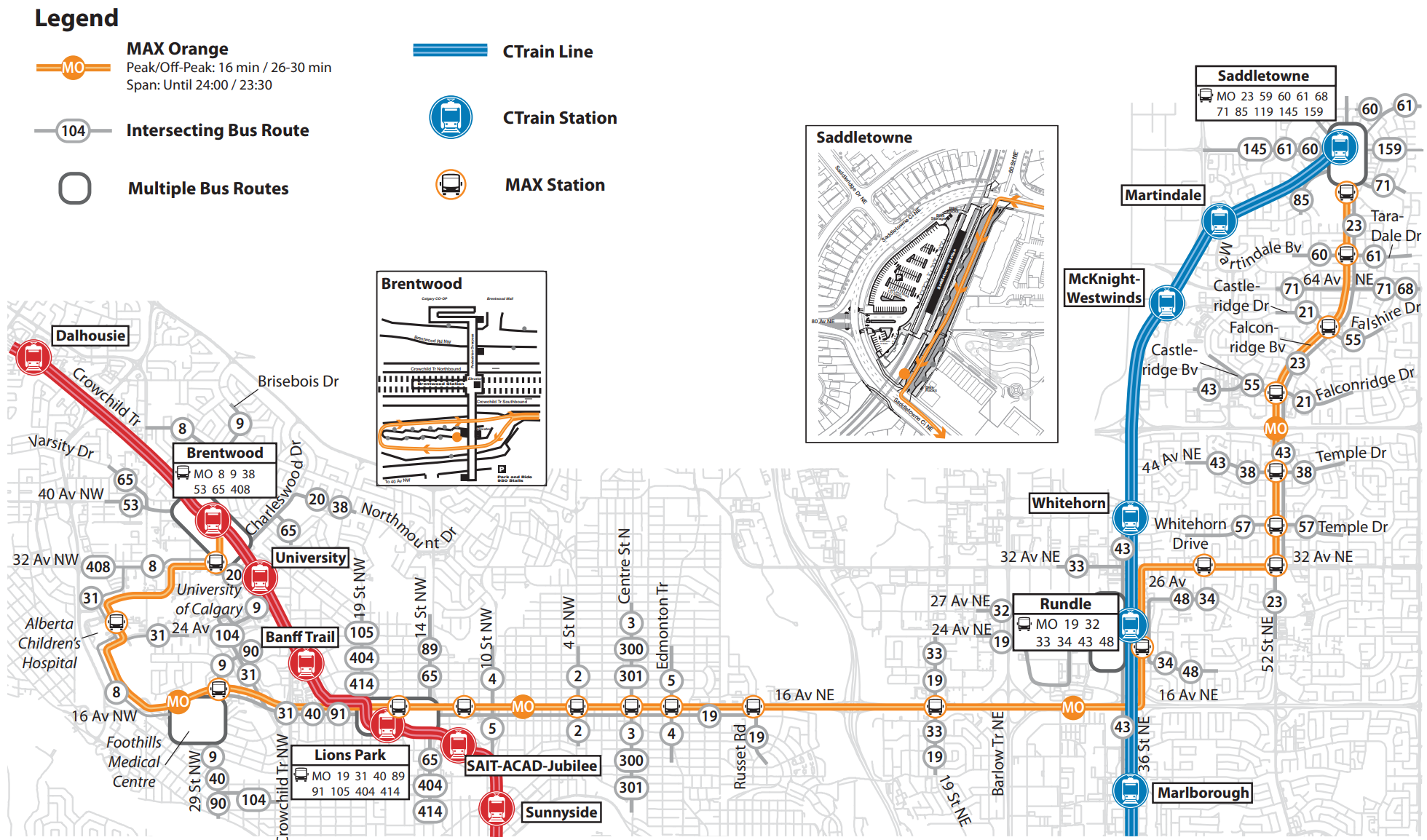
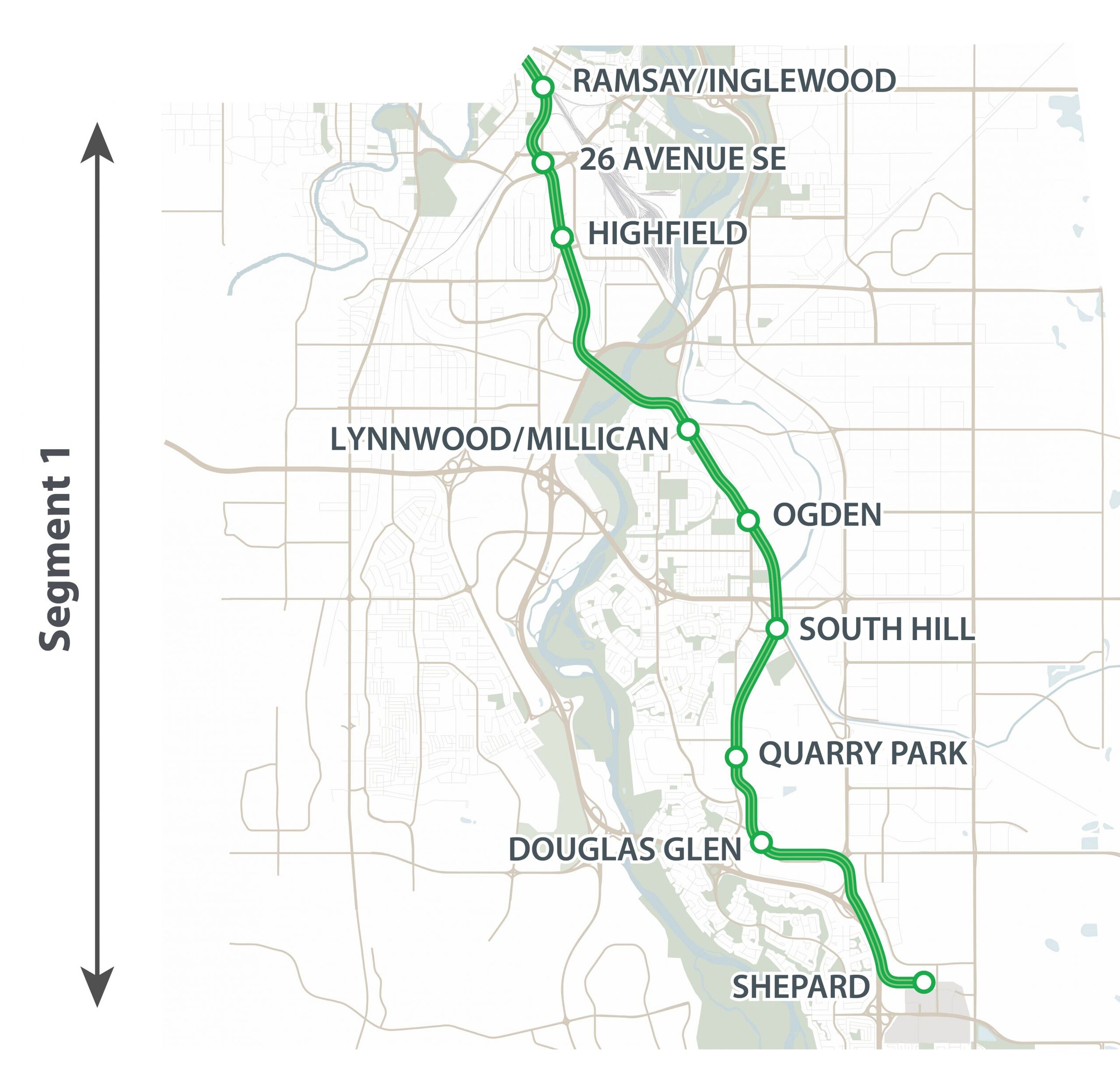
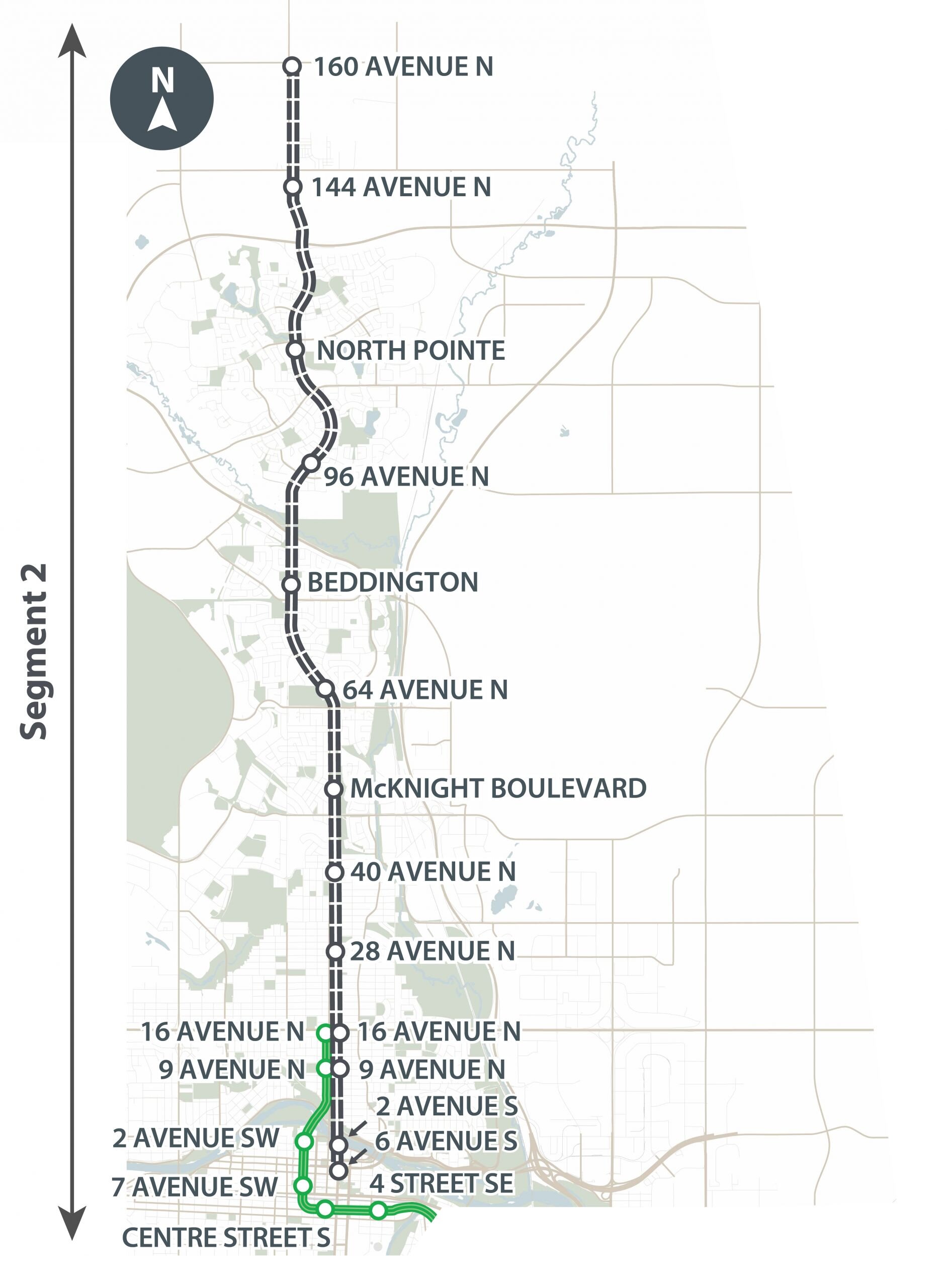

The next question is: can we afford to do what we are proposing well?
There’s been a ton of chop surrounding that question because some of the iterations we’ve gone through have frankly put the wrong emphasis on the wrong syllable. The decision to pivot away from tunneling the entire northern leg from 4 ST SE to 16 AV N has been mischaracterized as being driven by massive, project-sinking cost-overruns. The converse is more accurately the case: where it’s true that there was a small, but unacceptably significant chance a full tunnel would go 10% over-budget, what really drove the decision were the principles; a tunnel would have resulted in downtown stations that were 7 stories underground. That was contrary to the user-experience goals at the heart of the work, and to the principles of the whole project.
So on June 1, committee will review the answer to whether we can afford to get through the downtown well, and on June 15, Council will endorse whether to move the project from planning-focused to building-focused. And the answer is all good news: cut-and-cover through most of the downtown will put the stations at an accessible-and-real-estate-interfacing one level below ground; the portal where the line goes from below ground to above ground can and will be architecturally incorporated into the private-sector redevelopment of the Eau Claire Market, resulting in a Central Library-like moment of urban magic; the Green Line will cross the Bow and elevate up to the escarpment on a beautiful new bridge that will incorporate a multi-use path, and offer amazing views of the river valley and the downtown; and the line will run at grade up Centre Street, greatly enhancing that corridor’s public realm, and reincorporating a 9 Avenue N Station (that was an early victim of the tunneling option on account of depth underground). This is the process working.
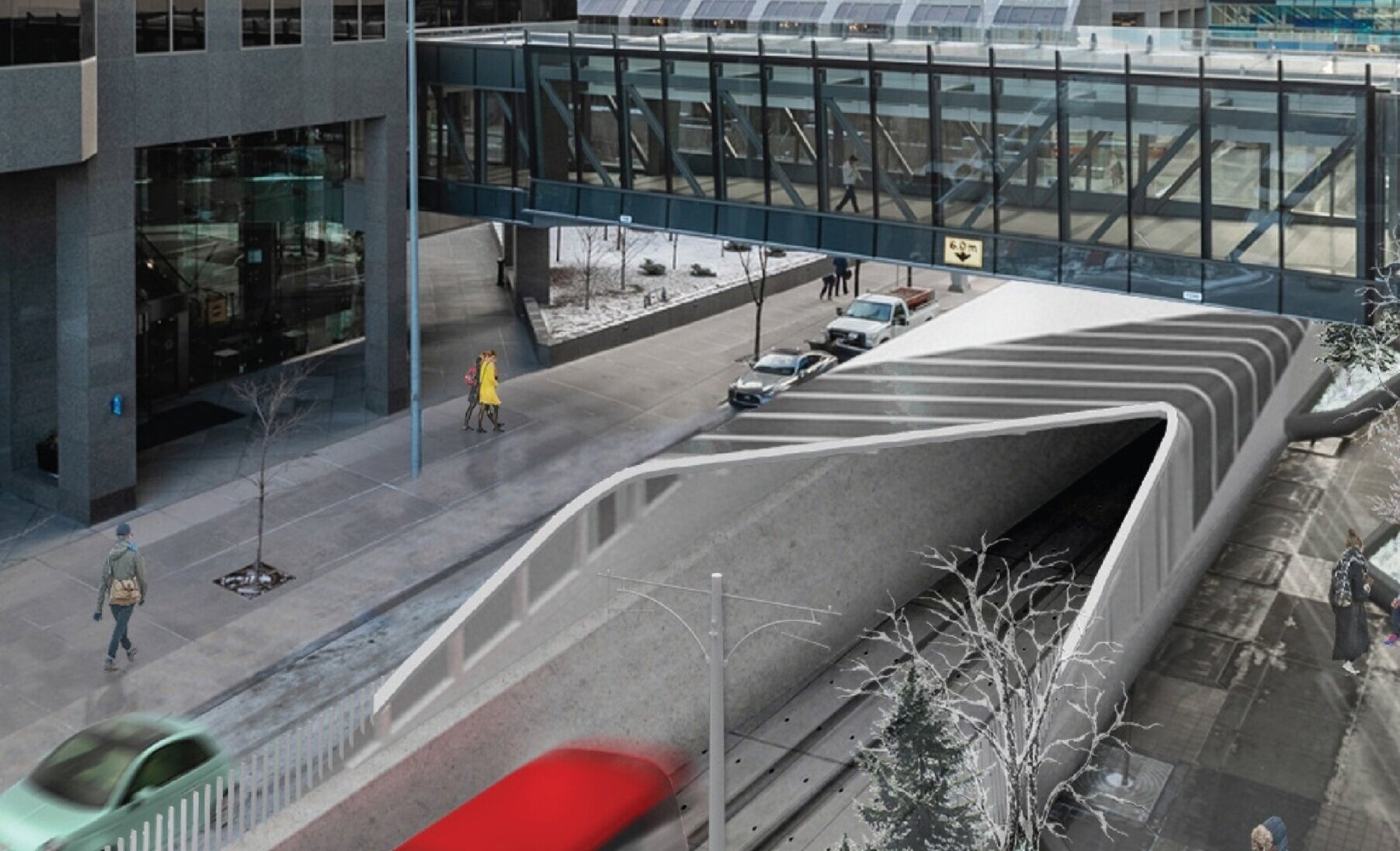
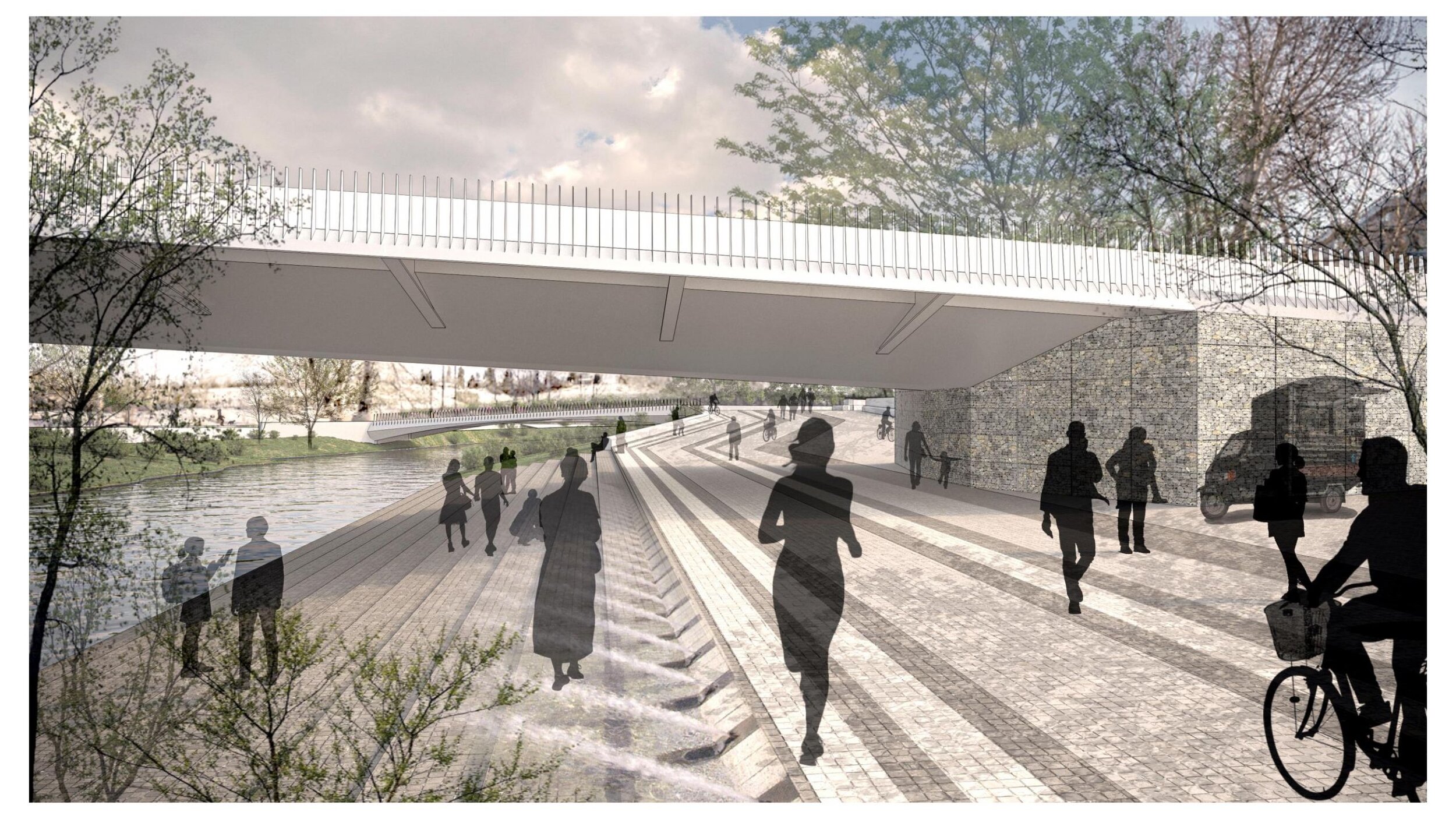
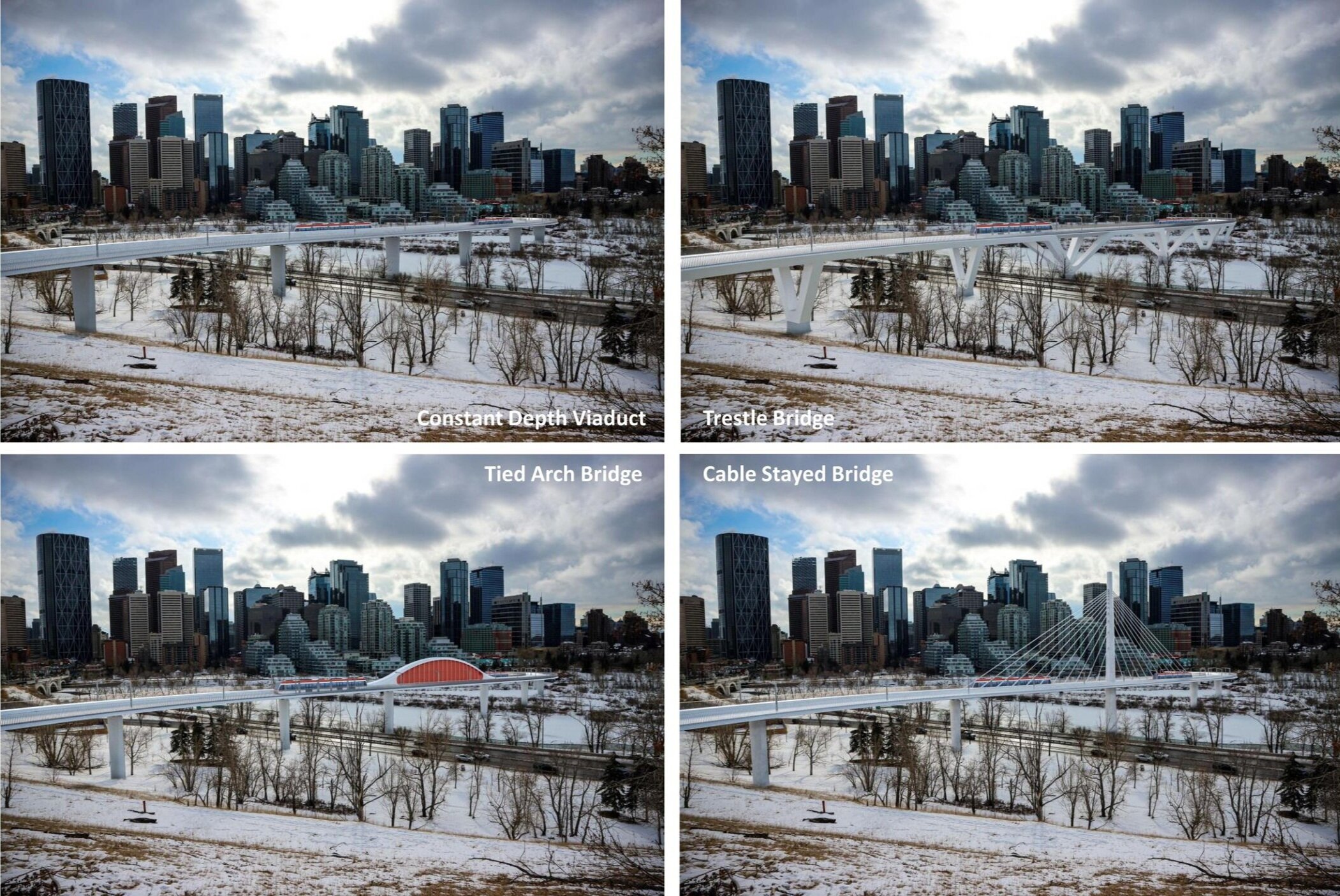
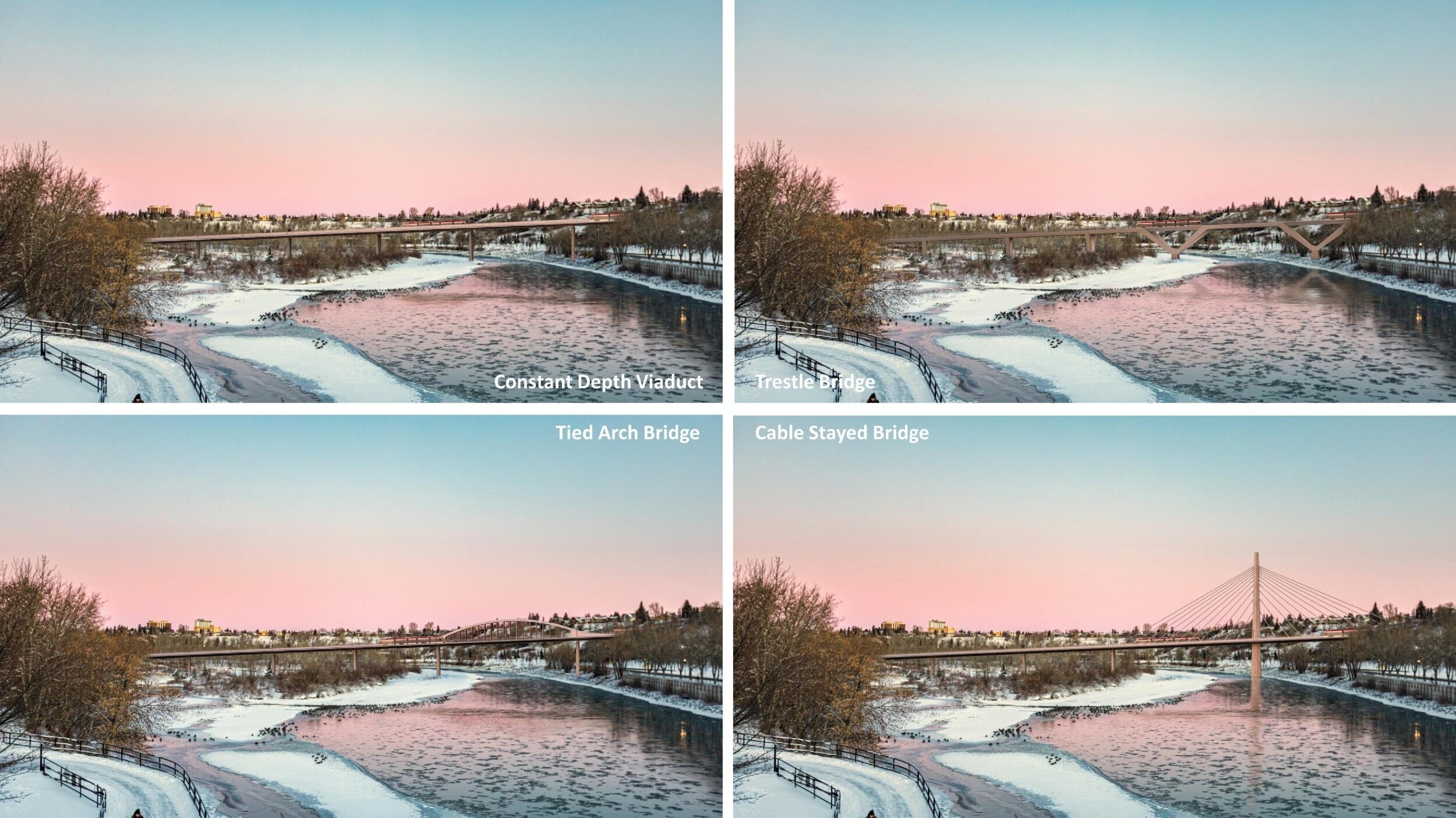
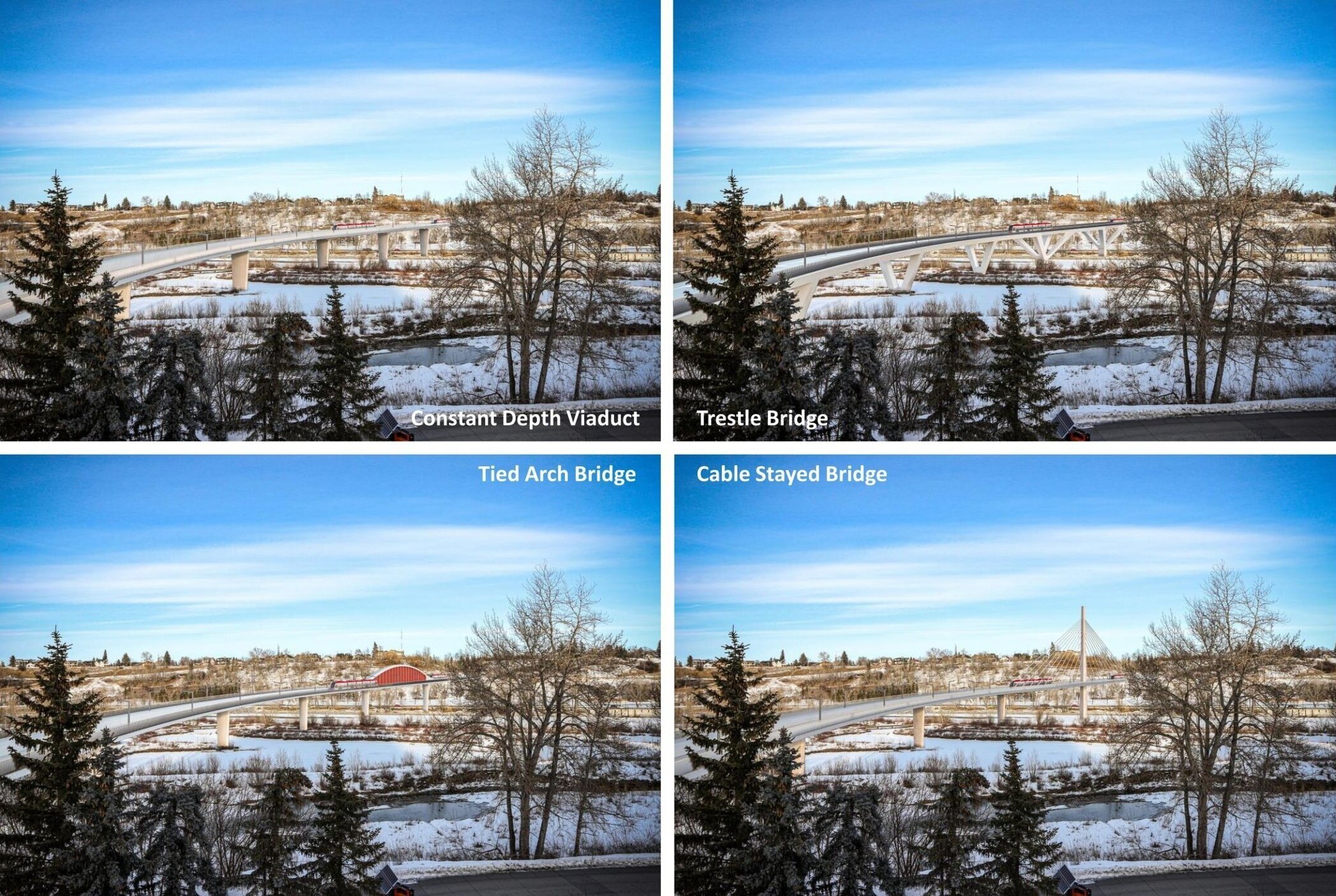
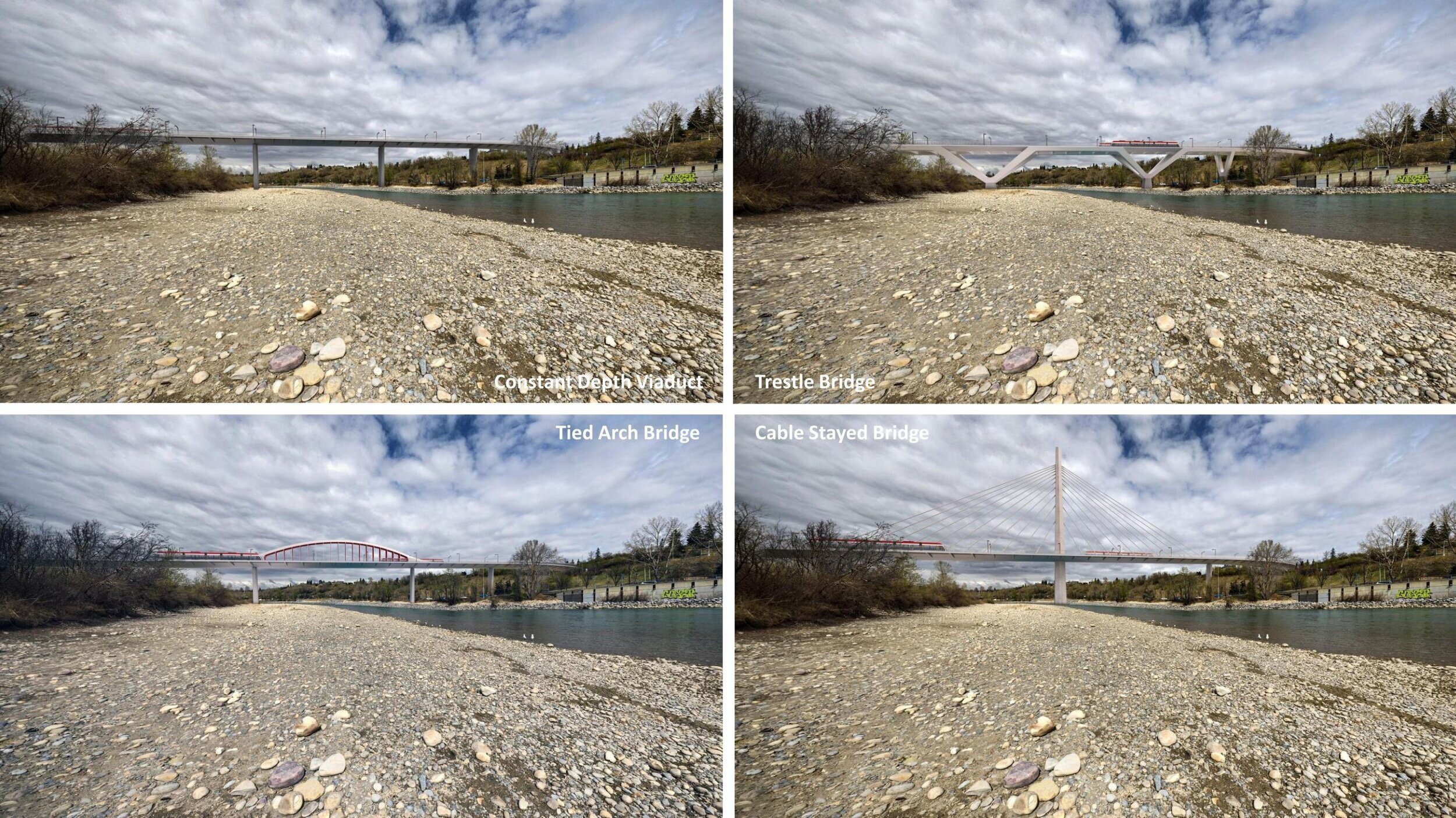
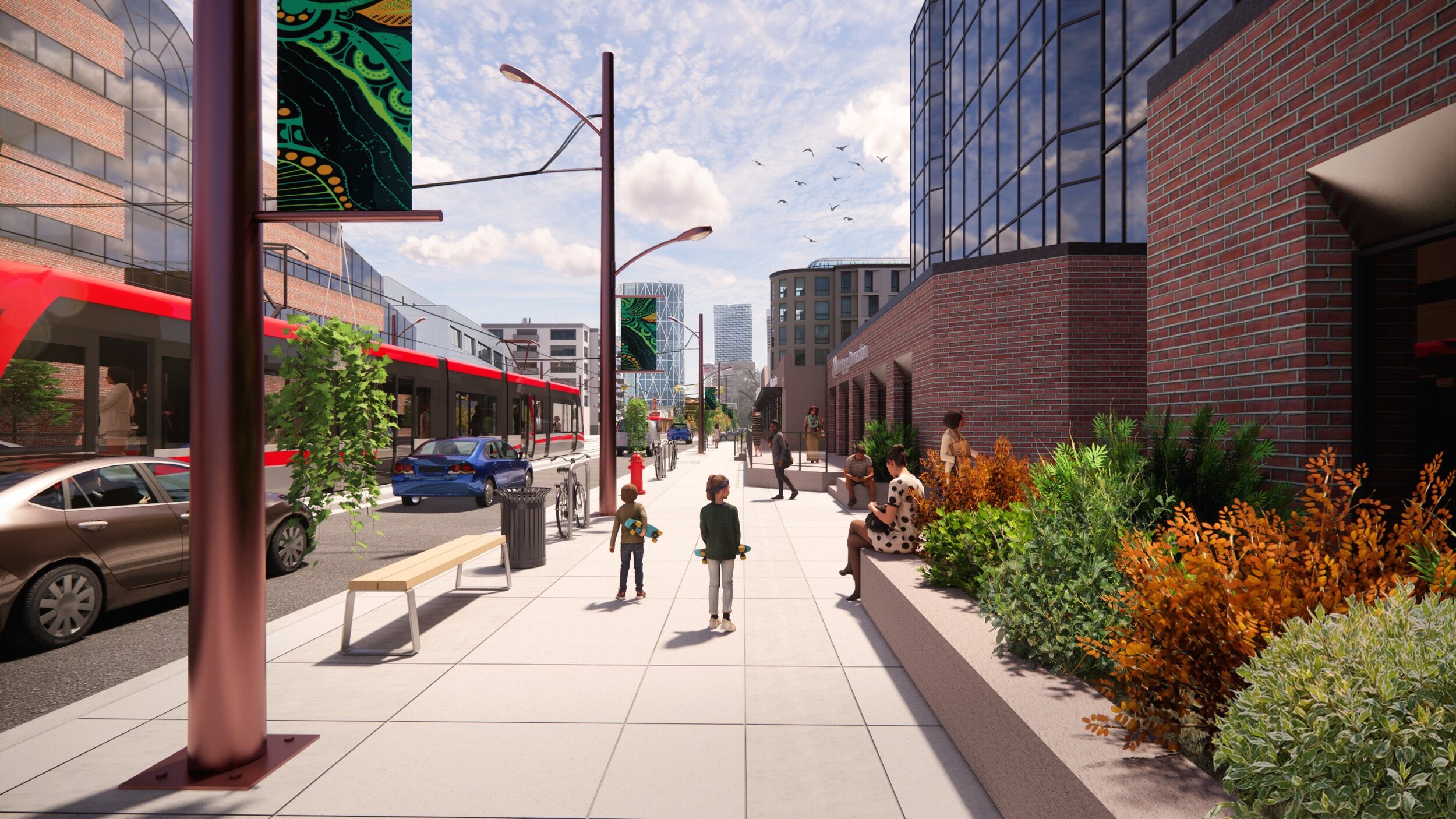
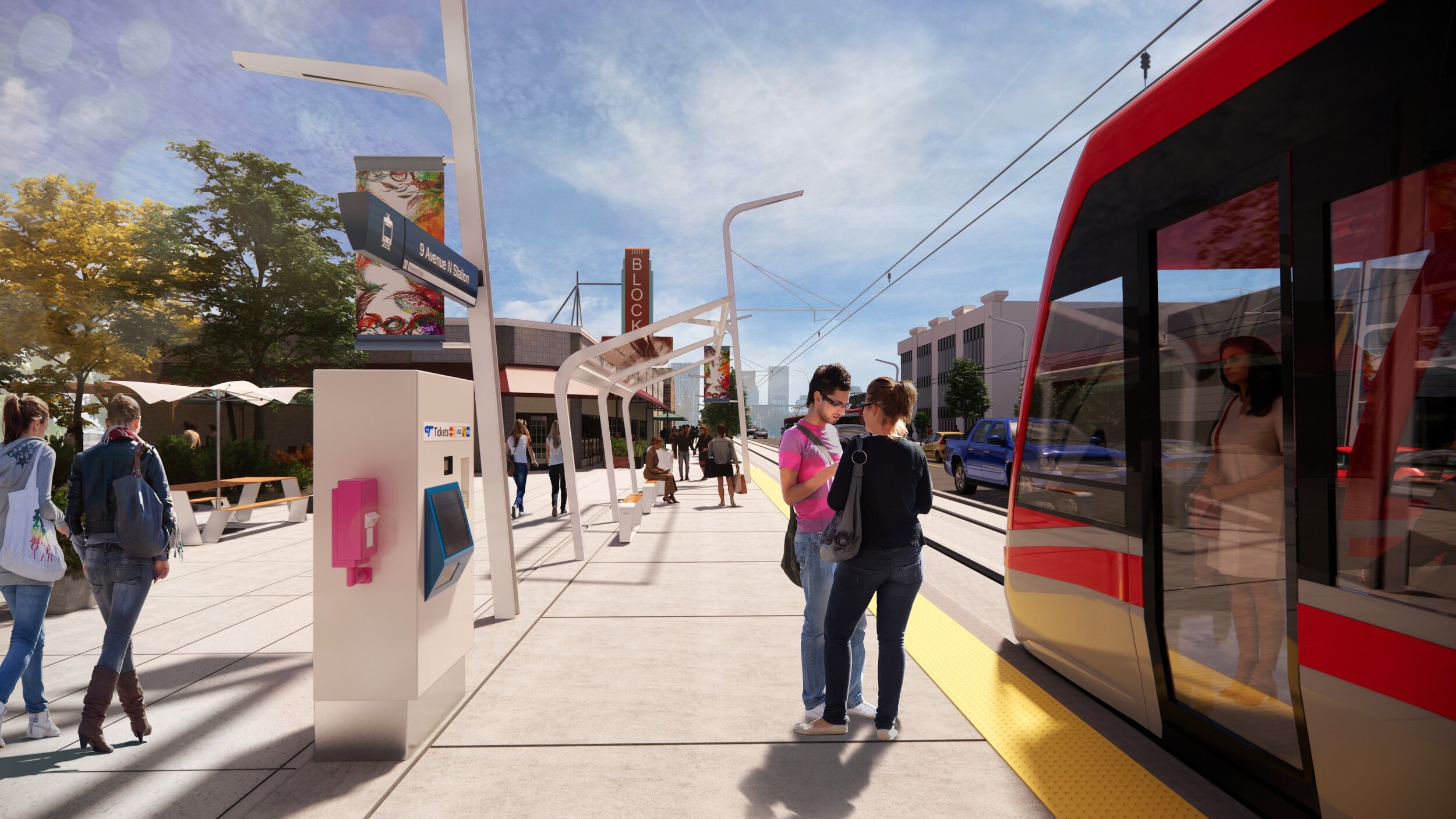
One of the amazing strengths that we must build upon as we climb into our best future is our often-downplayed or maybe even seemingly-implausible leadership as a transit city. And every move we’ve historically made to establish that position of leadership has been fiercely contested by anti-transit interests. The Green Line takes Calgary’s transit leadership to an entirely new level - doubling our LRT system and refocusing its outcomes from moving commuters once a day to moving people through a transit-shaped, 24-7 city. As such, and with the historical uncertainties facing us, the opposition is louder and angrier and more scared and more diligent in perpetuating misinformation than ever before. But remarkably - and in no small part due to the often-difficult but dedicated engagement that has taken place every step of the way, and that is integral to our principled design approach - the support for this project is massive.
I don’t want to suggest that everything is settled, or that there haven’t been one or two iterations along the way that couldn’t have been tighter. But because of where we are and how we’ve gotten here, I’m extremely happy to proceed, while repeating the mantra: support the principles and trust the process.
I hope you’ll weigh in with your support on June 1 as we move together into Calgary’s best future.
